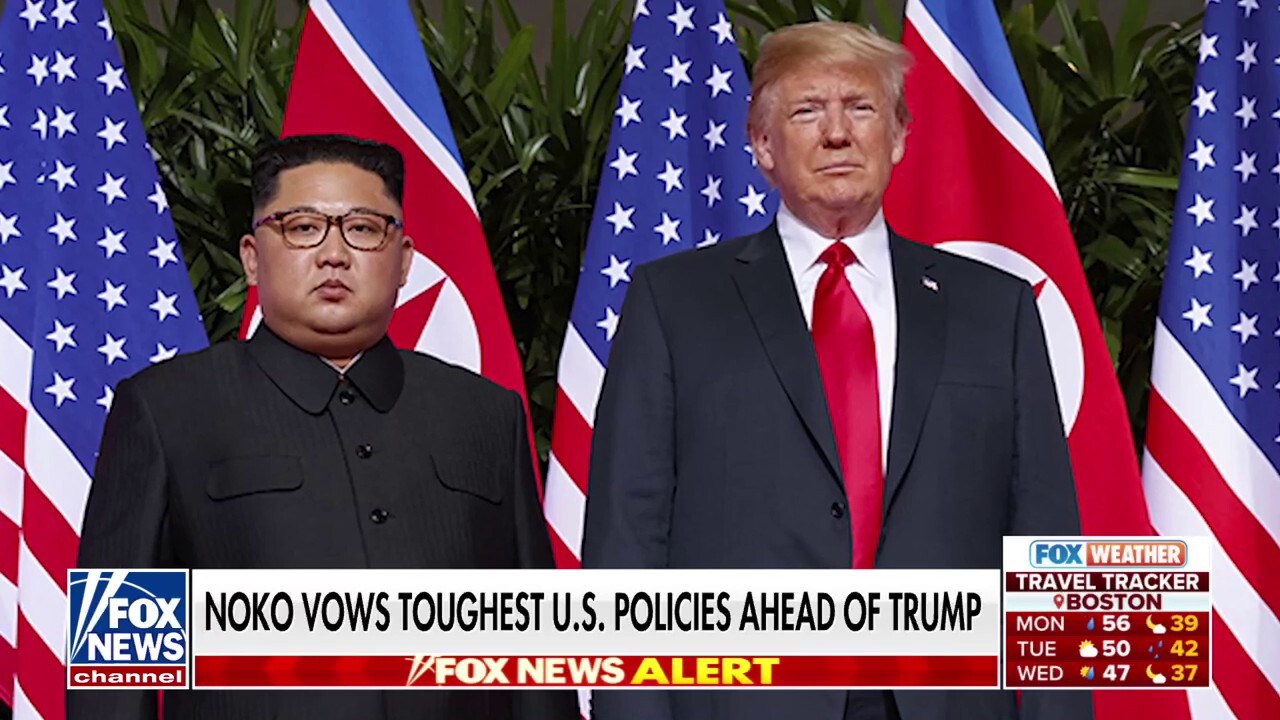North Korean Howitzers on Russian Frontlines: Analyzing Recent Developments
The Koksan Howitzer: A New Presence in Russia
A North Korean M1989 Koksan self-propelled howitzer has recently been spotted on the front lines in Russia, sparking significant concern among military analysts and observers. This revelation follows reports earlier this month indicating the transport of two such artillery pieces from North Korea to Russia. The Koksan howitzer, known for its formidable firepower, can reportedly engage targets at a range of up to 37 miles when deployed with rocket-assisted shells, delivering one to two rounds every five minutes.
Combat Footage and Reports of Deployment
The initial report regarding the howitzer’s use in combat was made by East 2 West news, which shared video footage allegedly showcasing the artillery in action. Despite the circulation of this video on social media, Fox News Digital has yet to independently verify the specific location where this footage was captured.
Further analysis by open-source intelligence platforms, shared on social media platform X, suggested that these howitzers were transported across Siberia by rail. This transport occurred shortly after the United States alerted that North Korea had dispatched around 12,000 troops to Russia. This troop deployment comes on the heels of a defensive pact signed five months prior by Pyongyang and Moscow, which committed the two nations to mutual military support.
Current Situations in Kursk and Ukraine
The precise location of the howitzer footage remains ambiguous, although it is speculated that the video could have been shot in Russia’s Kursk region, where North Korean troops are reportedly stationed. This deployment is believed to be a strategic response to Ukraine’s counter-offensive, which commenced in August. Both Ukrainian and Russian forces have sustained considerable casualties in this area.
Ukrainian President Volodymyr Zelenskyy commented in a recent interview that approximately 3,800 North Korean soldiers have been killed or wounded. Meanwhile, Ukrainian military sources reported that around 15,000 Russian soldiers have died, with an additional 23,000 injured in Kursk over the past five months. In stark contrast, Russian officials communicated to the BBC that they estimate Ukrainian troop losses to be as high as 49,000, without providing a breakdown of killed versus injured casualties.
Ukrainian Tactical Advances
The Institute for the Study of War (ISW) recently reported that Ukrainian forces are making “tactical advances” amidst their ongoing offensive operations in the Kursk region. Tactical assessments indicated that Ukraine is likely employing long-range strikes to target critical Russian supply lines, integrating these efforts with coordinated ground assaults.
Military Engagements Around Kharkiv
In parallel, Russian forces have reportedly increased limited ground operations near Kharkiv, Ukraine’s second-largest city. However, these incursions have met with staunch resistance from Ukrainian forces since May, resulting in minimal territorial gains for Russia. Oleh Synehubov, the head of the Kharkiv Oblast Military Administration, confirmed on Monday that Ukraine’s offensive initiatives in Kursk have contributed to a decline in Russian ground assaults on Kharkiv.
Recent Developments in Donetsk
Meanwhile, ongoing conflicts in Donetsk have seen Russian forces advance to capture Kurakhove, located in the Donbas region. This capture could potentially allow Russian troops to encircle Ukrainian defenders in the nearby town of Pokrovsk, thereby opening strategic supply routes toward Zaporizhzhia. As of now, Ukrainian officials have not publicly confirmed the loss of Kurakhove.
The Bigger Picture: Ongoing Strategic Dynamics
Despite the localized advancements of Russian forces reported in Donetsk, analysts believe that Russia has not achieved significant strategic breakthroughs in other areas along the front line. The complexities of the current battlefield dynamics showcase the evolving military landscape as both sides persist in their efforts to validate their respective positions.
Conclusion: A Critical Crossroad in the Conflict
The emergence of North Korean artillery on the Russian frontlines highlights the increasing military cooperation between Pyongyang and Moscow amid escalating hostilities in Ukraine. As both parties face considerable losses, the dynamics of the conflict continue to unfold, underscoring the need for ongoing analysis and diplomatic scrutiny. The potential implications of these developments could reverberate beyond regional boundaries, necessitating a global conversation about security and military alliances in the context of modern warfare.
